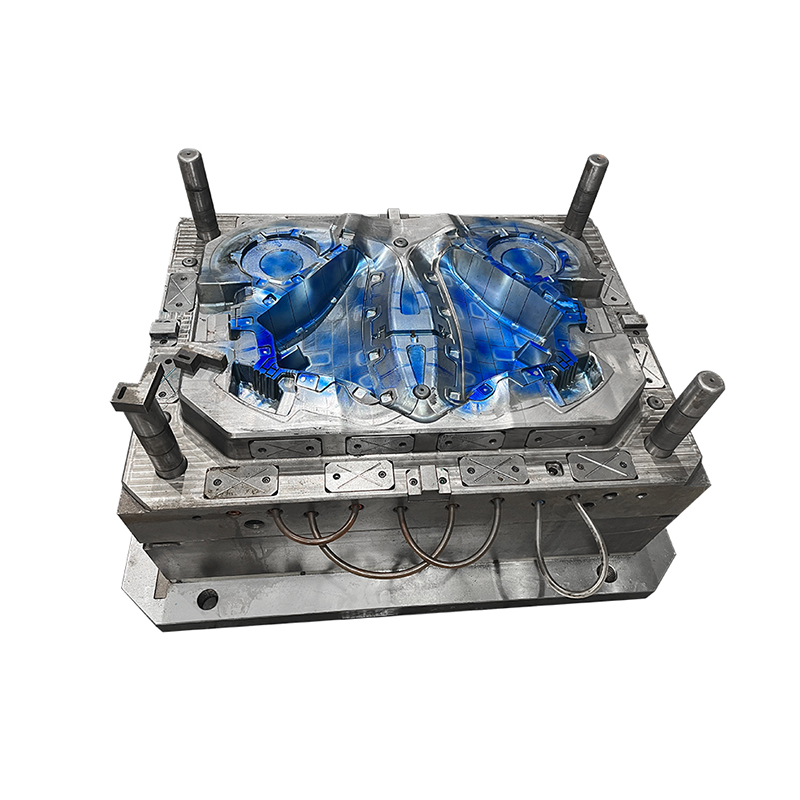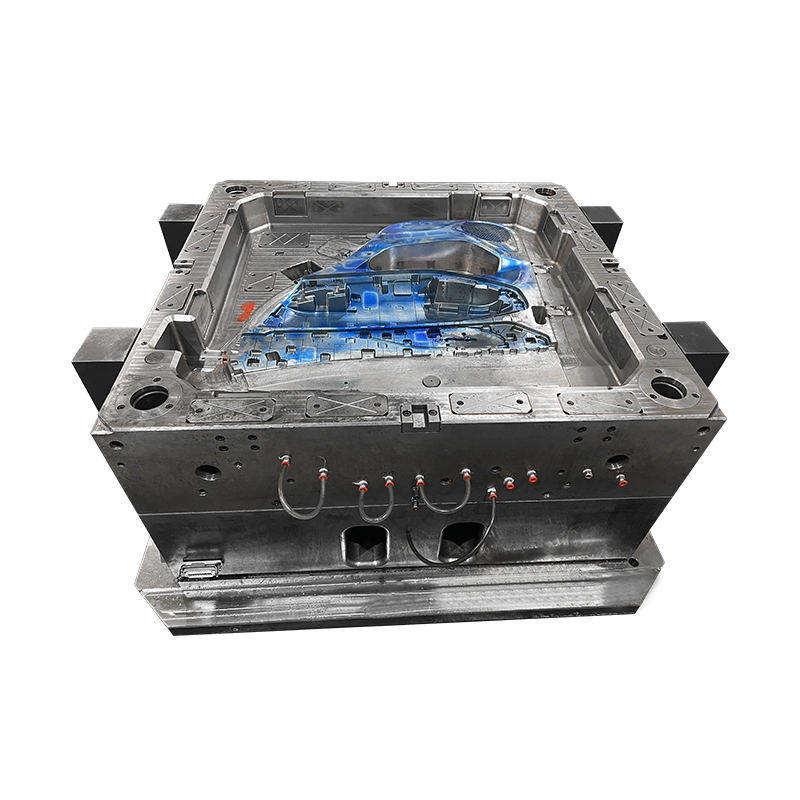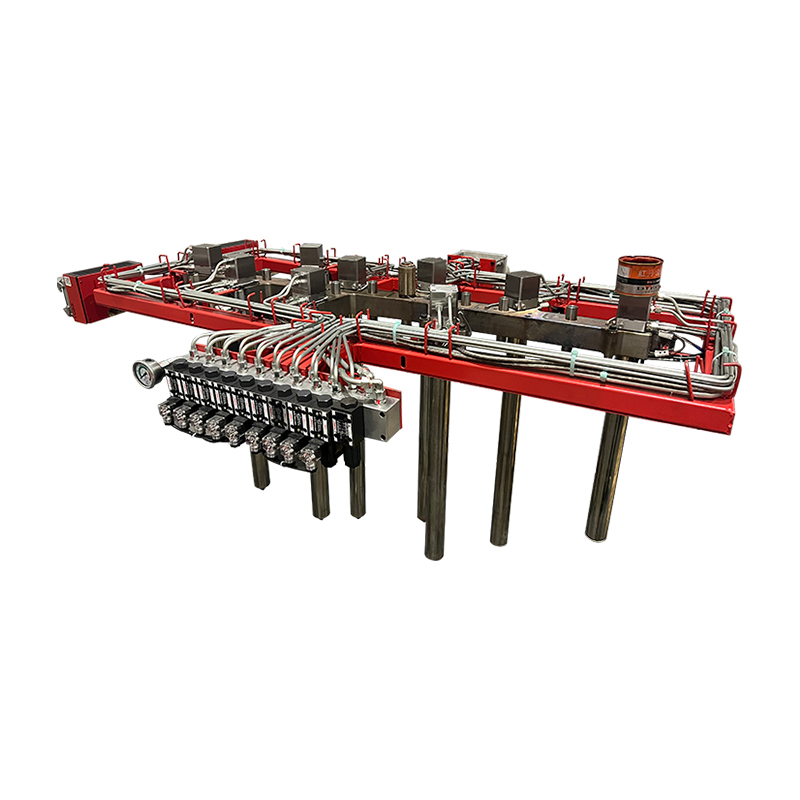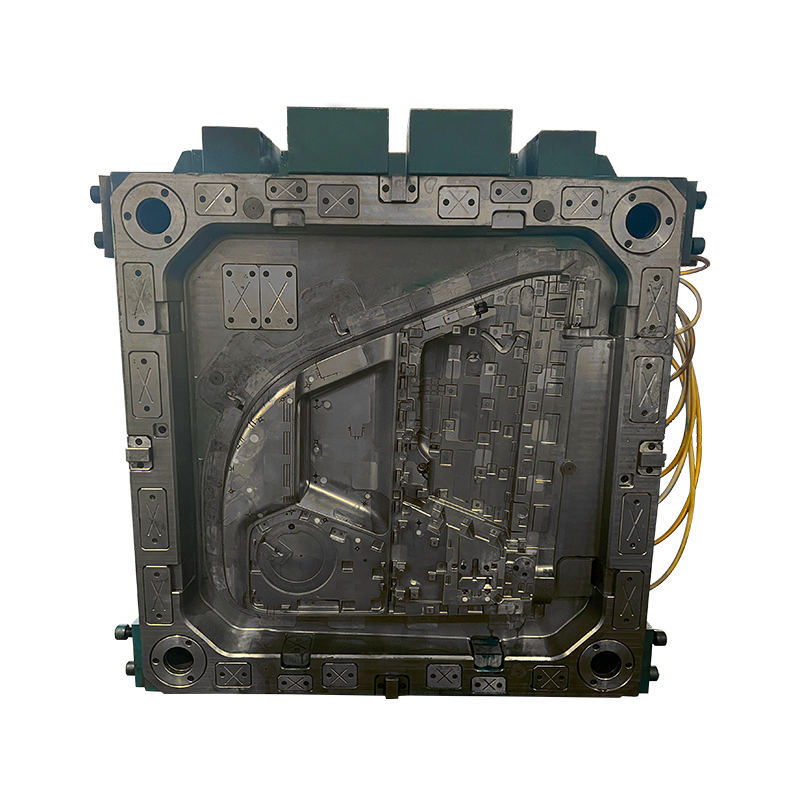Traditionally, manhole covers were made from materials like cast iron or steel. These materials were chosen for their strength and ability to withstand the heavy loads and stresses typically found in urban roads. However, while durable, cast iron manhole covers had several limitations, such as susceptibility to corrosion, weight issues, and the high costs associated with production and maintenance.

Early manhole covers were also prone to theft due to the high metal value, the creation of various lock and safety features to prevent unauthorized removal. These covers often became worn out quickly, requiring regular replacements or repairs.
SMC (Sheet Molding Compound) is a composite material made from a mixture of glass fibers, resins, fillers, and other materials. It was developed in the 1960s to offer a lightweight, durable, and corrosion-resistant alternative to traditional metals. The introduction of SMC manhole cover molds marked a revolutionary shift in the way road infrastructure components were manufactured.
SMC's key advantage over traditional materials lies in its unique composition. The material is lightweight yet incredibly strong, offering the ability to withstand high traffic loads without being prone to rust or corrosion. Furthermore, SMC offers design flexibility, allowing manufacturers to create manhole covers with enhanced performance characteristics, such as better load-bearing capacity and increased resistance to environmental wear.
The early adoption of SMC technology in manhole cover molds faced several challenges, such as the initial high costs associated with the material and the molding process. However, over time, the benefits of SMC technology became more apparent, driving demand for its use in various infrastructure components, including manhole covers.
In the 1980s and 1990s, SMC road manhole cover molds began to gain popularity, particularly in regions where corrosion resistance and strength were critical. These covers provided an effective solution for municipalities looking to reduce maintenance costs, improve safety, and enhance the overall longevity of their infrastructure.
During this period, manufacturers began investing in specialized SMC molding machines and technologies to optimize production. The development of advanced molding techniques, including compression molding, enabled the creation of complex shapes with high precision, while waste and increasing efficiency.
The 2000s and beyond saw significant advancements in SMC molding technology. Innovations in material composition, molding techniques, and production equipment improved the overall performance of SMC manhole covers. Some of the key improvements include:
Enhanced Strength and Durability:
Manufacturers began using higher-quality glass fibers and resins in SMC formulations, which resulted in manhole covers with strength-to-weight ratios. These covers were capable of handling heavy loads while remaining lightweight and easier to transport and install.
Corrosion Resistance:
One of the significant benefits of SMC is its exceptional corrosion resistance. Traditional metal manhole covers are prone to rust and degradation over time, particularly when exposed to water, chemicals, and environmental elements. In contrast, SMC manhole covers do not corrode, providing a longer service life and reduced maintenance costs.
Customization and Design Flexibility:
SMC manhole covers offer a high degree of customization in terms of size, shape, and design. Manufacturers can tailor the covers to specific requirements, such as increased load-bearing capacity or special design features like locking mechanisms for security. Additionally, SMC allows for the inclusion of various surface textures, offering improved grip and safety.
Improved Molding Techniques:
The use of compression molding and vacuum-assisted molding has enhanced the precision and speed of manufacturing SMC manhole covers. These techniques allow for the creation of thinner, lighter covers without compromising strength, and reduce production costs by improving material efficiency.












